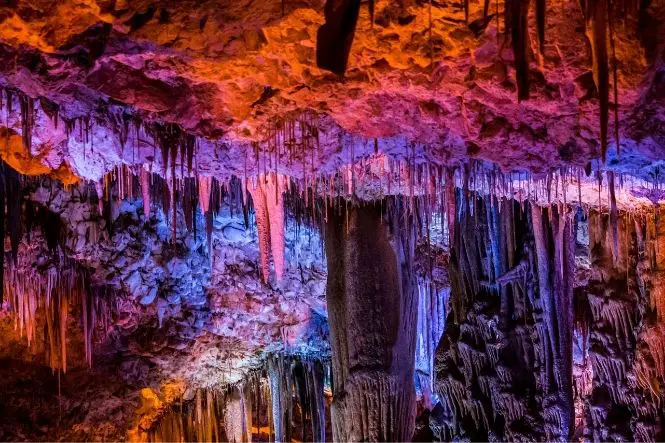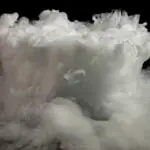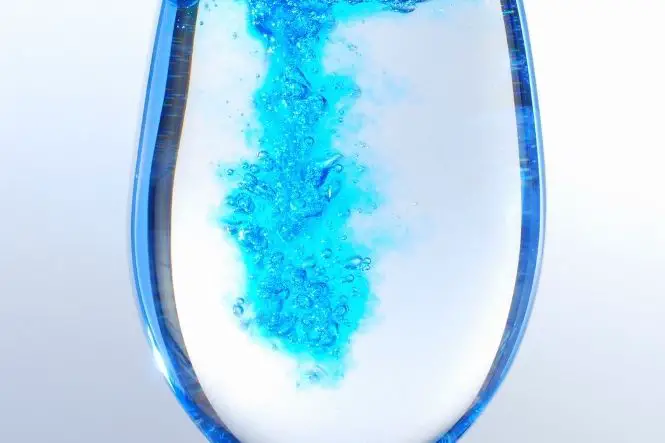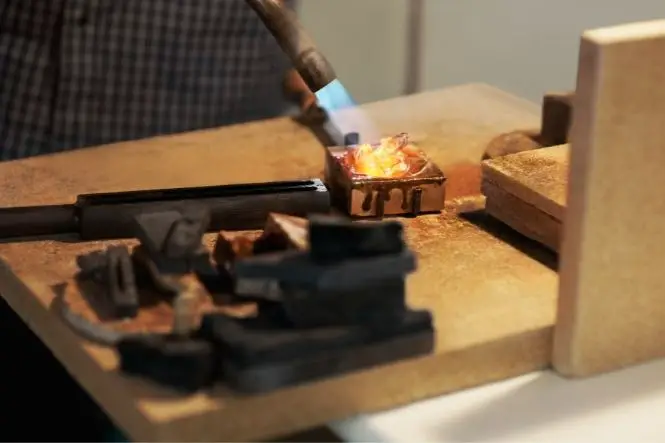Stalactites and stalagmites are formations of rock in underground caves. They are formed when calcium carbonate and other minerals dissolve in water running through the soil and rocks. As the water runs down into the cave and drips from the roof, it leaves some of the minerals on the roof, and then deposits some more of the minerals on the ground as it lands. Over many, many years, these build up into icicle-like rocks called stalactites hanging down from the ceiling, and pointed rocks sticking up from the ground, called stalagmites. If stalagmites and stalactites join in the middle, this is known as a column.
Stalagmites and stalactites are forms of dripstone, and take many thousands to millions of years to form. Because the minerals change the colour of the rock, they can be very beautiful. Cavers have seen stalactites of 20 metres long or even longer, and the stalagmite that is thought to be the tallest in the world is over 62 metres high.
Making Stalagmites and Stalactites
Rather than making rocks, this makes crystals (see ‘Growing Crystals’) that look like stalactites and stalagmites, but it works in the same way.
- Put four cups of water and one cup of soda crystals in a pan and gently heat it, stirring all the time until all the crystals have dissolved. Keep adding crystals until no more will dissolve – this is a saturated solution.
- Pour the solution into two heatproof containers and put these on a tray to catch the drips.
- Cut a piece of string for a wick and hang it between the two containers so that both ends dip into the liquid, and the string sags a little in the middle – move the glasses so that the middle of the string is level with the liquid in the containers.
- The liquid will move up the string through capillary action, and then drip onto the tray. This needs to be one drip about every five or ten minutes – moving the containers closer together or further apart will control the rate of dripping.
- Cover the containers gently with a bit of cling film and leave for a few hours. A stalactite will from in the middle of the string, and a stalagmite may form on the tray. Leave it overnight and see how big the stalactite becomes.
Try using different thickness of string or wool, or strips of fabric, or a rolled up paper towel for the wick – does this make any difference? Do natural fibres work better than artificial fibres? The more liquid the wick transports, the better the stalactite will be.
Does the weather have any effect? The stalagmites and stalactites will not form as well on humid or damp days because of the amount of water in the air.
Try using different types of ingredients to make the saturated solution, such as sugar, salt, bicarbonate of soda or Epsom salts. Which makes the best stalagmites and stalactites? Add food colouring to one or both of the glasses to produce coloured stalactites.
Modern Stalagmites and Stalactites
Stalagmites and stalactites can also from where water drips through concrete – look underneath bridges for these. These grow a lot more quickly than natural stalagmites and stalactites in caves.
How to Remember the Names
- Stalactites hang on tight.
- Stalactites have a C for ceiling in the middle.
- Stalagmites stand up with all their might.
- Stalagmites have a G for ground in the middle.







